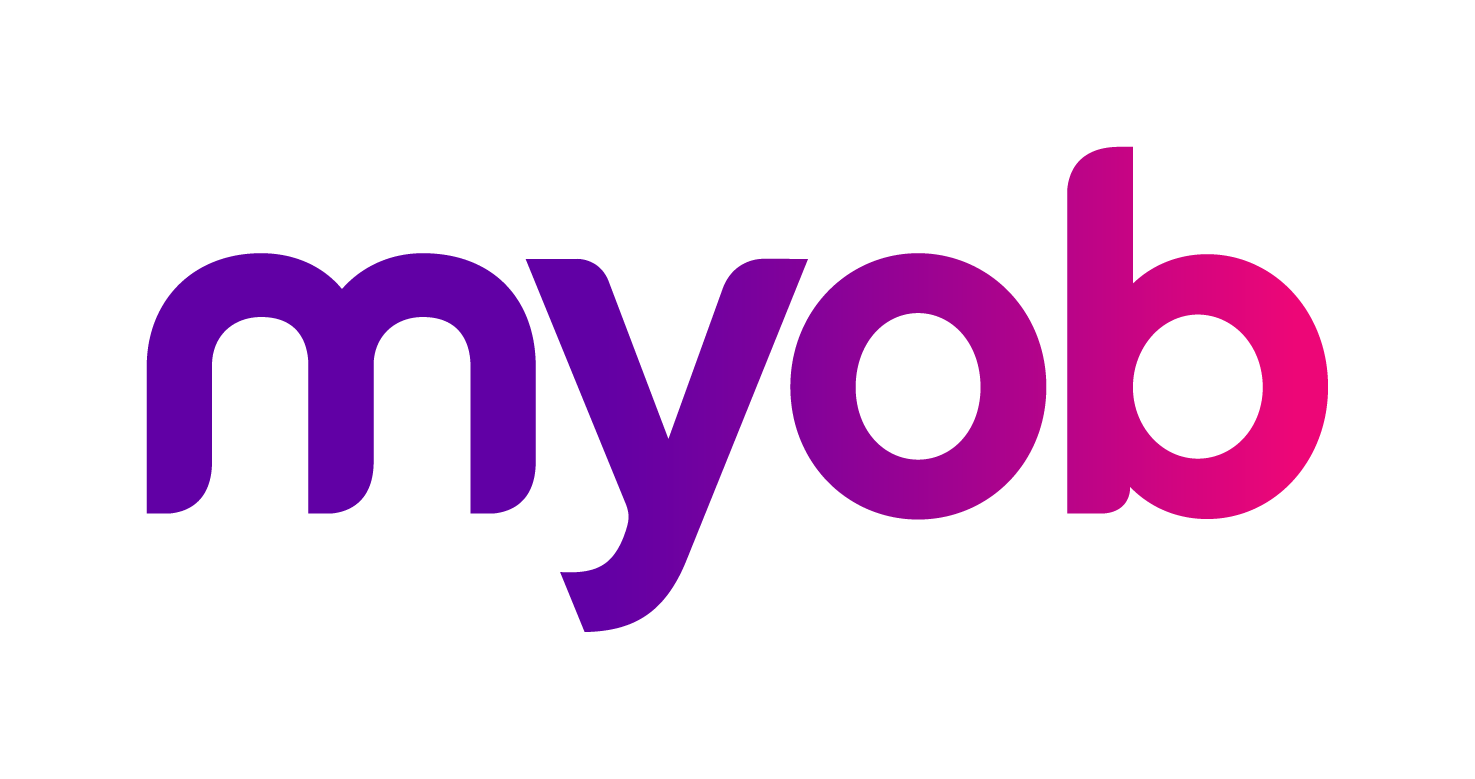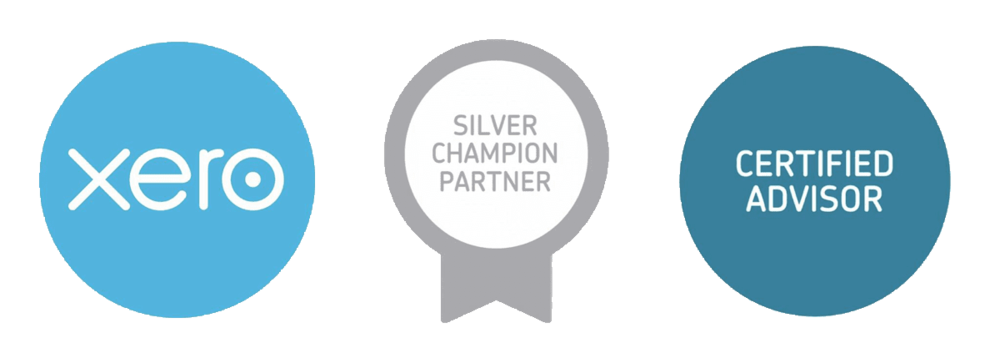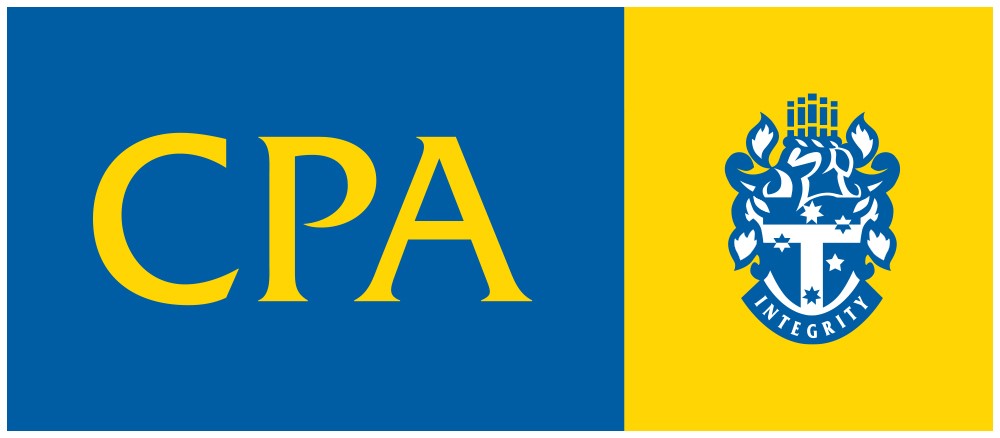 There are currently over 597,000 Self-Managed Superannuation Funds in Australia and that number is on the rise.‘Self-Managed’ means that people within the fund (the trustee’s) choose where and when their assets are invested.Self-managed super funds require yearly financial reports and tax returns and all paperwork needs to be audited. Vanzwan Accounting Plus will transform this paperwork nightmare into a painless exercise for you.Important Note: fees associated with the accounting side of your super fund can be claimed as an expense of the fund!
There are currently over 597,000 Self-Managed Superannuation Funds in Australia and that number is on the rise.‘Self-Managed’ means that people within the fund (the trustee’s) choose where and when their assets are invested.Self-managed super funds require yearly financial reports and tax returns and all paperwork needs to be audited. Vanzwan Accounting Plus will transform this paperwork nightmare into a painless exercise for you.Important Note: fees associated with the accounting side of your super fund can be claimed as an expense of the fund!
Here are some common questions that we can help you to answer…
You may have other questions or concerns and we will personally guide you to ensure your superannuation fund serves you well. Self-managed funds give you control over your assets and essentially help you control your future, most often paying less fees and leaving more of your money to work for you and your trustee’s. Retirement is a very important stage of life and we want to help make sure that yours is as comfortable as possible. Whether your retirement is just around the corner or further down the track, the time to make your money start working in your interest is now.
Your Investment Strategy
The fund trustees must have a written investment strategy which addresses…











